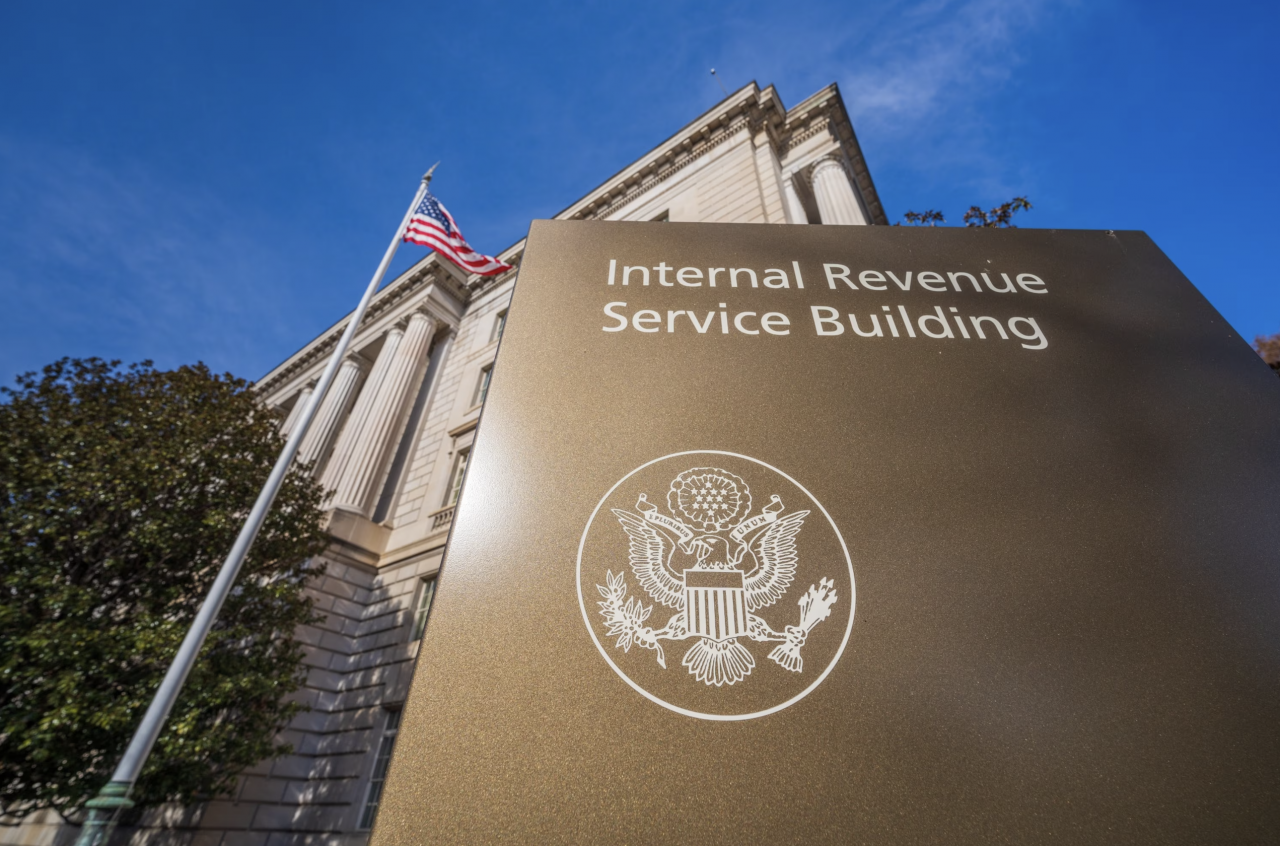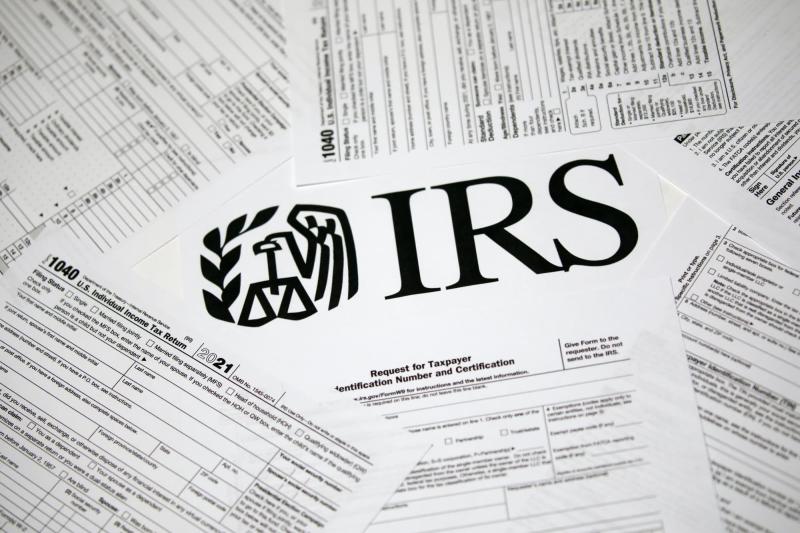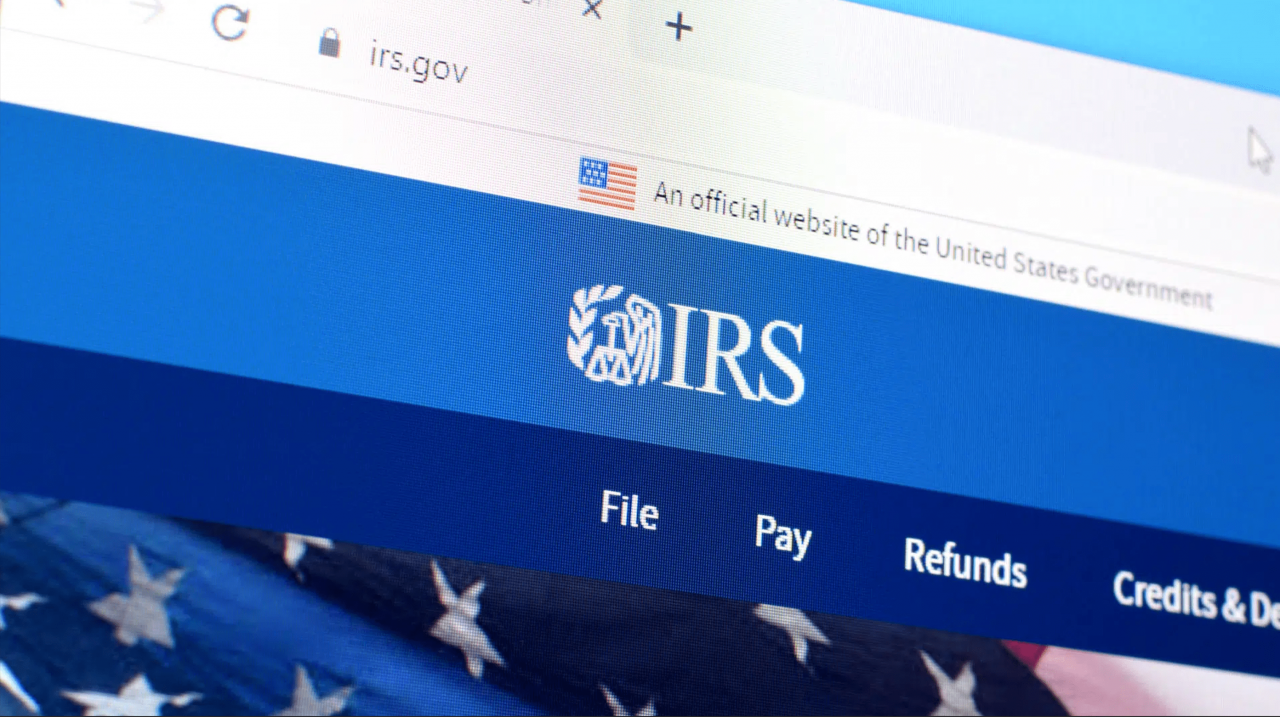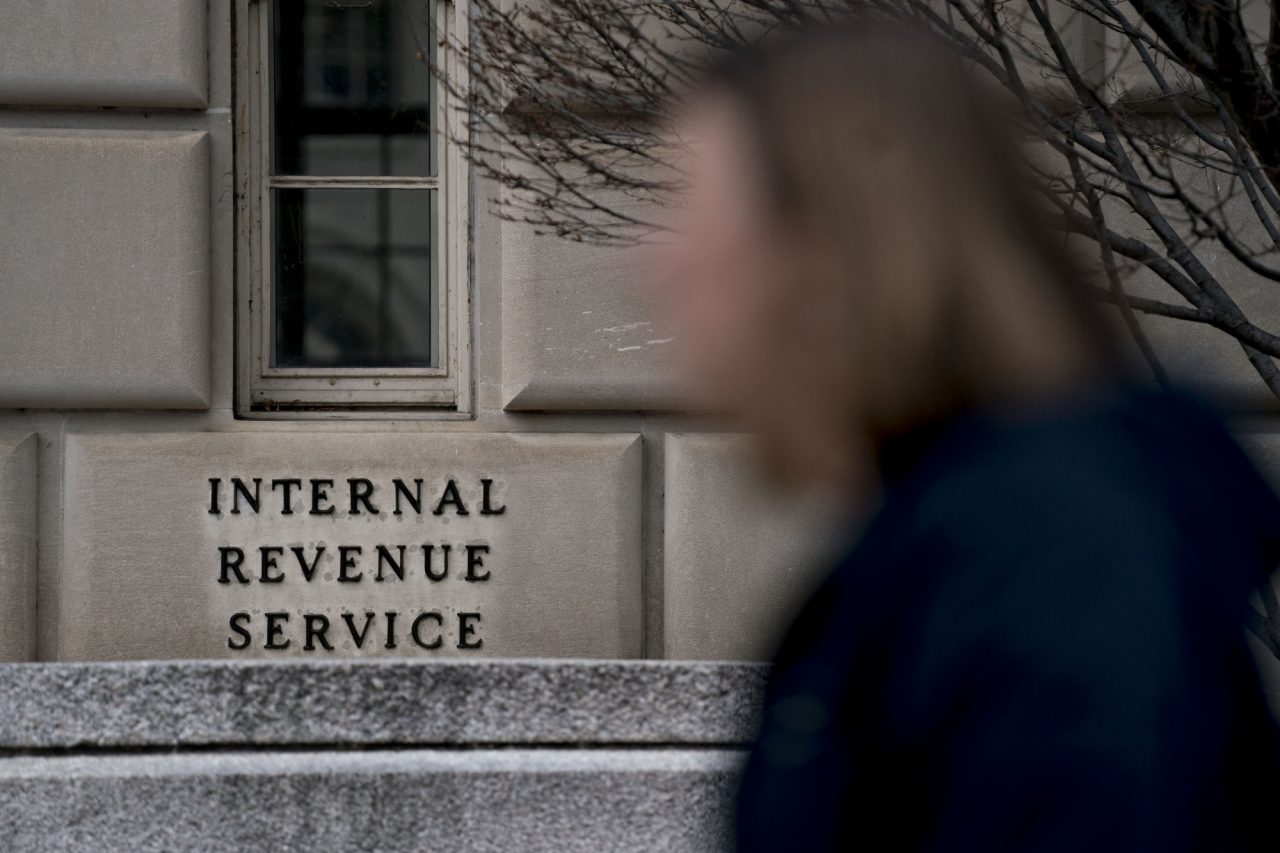The Internal Revenue Service switched over from focusing its audits on taxpayers earning $10 million or more to those earning $400,000 or more after passage of the Inflation Reduction Act, according to a new report.
The report, released Monday by the Treasury Inspector General for Tax Administration, noted that in 2020, then-Treasury Secretary Steven Mnuchin directed the IRS to audit a minimum of 8% of individual tax returns filed each year with incomes of $10 million or more. The IRS was supposed to meet that goal starting with 2016 tax returns, but for legal and staffing reasons it began instead with 2018 tax returns. The IRS complied with that directive for three years, but then the agency stopped because officials said the examinations were unproductive due to a high no-change rate. Instead, they shifted their focus to examinations of individuals with incomes of $400,000 or more. More recently, the IRS updated its strategic operating plan for the Inflation Reduction Act of 2022 to focus its audits more on large partnerships and corporations as well as high-income taxpayers.
In February 2020, Mnuchin directed the IRS to audit at least 8% of all high-income individual returns filed each year. In March of that year, IRS Commissioner Chuck Rettig responded that accomplishing the goal would require significant costs but he agreed to comply, specifying a total positive income level of $10 million or more to select returns. In August 2022, Congress enacted the Inflation Reduction Act, which in part aimed to fund the IRS so it could examine more high-income taxpayers. In an August 2022 directive to the IRS, Treasury Secretary Janet Yellen said no Inflation Reduction Act funding should be used to increase the audit rate of taxpayers with incomes below $400,000. That effectively lowered the threshold.
TIGTA found the IRS complied with the 2020 Treasury Directive for three tax years but stopped monitoring it at the end of fiscal year 2023. An IRS executive told TIGTA in December 2022 that the 2020 Treasury Directive would no longer be followed because the audits were unproductive and had high no-change rates. The IRS said it was embarking on a different approach, focusing on complying with the 2022 Treasury Directive.
In February 2023, IRS executives informed TIGTA that the IRS would continue to audit high-income individual returns with total positive income of $10 million or more but would not aim to achieve the 8% audit rate in the future. IRS executives said at that time that they considered the 2020 Treasury Directive obsolete. The executives explained that the IRS’s new focus would be on compliance with the 2022 Treasury Directive to expand examinations of individuals with incomes of $400,000 or more. In November 2023, the SB/SE Division informed TIGTA that it would no longer generate the agency-wide Audit Rate $10M Monitoring Report and that the last report prepared was through the end of fiscal year 2023. Therefore, the IRS no longer monitors whether it has met or needs to put in process additional examinations to meet the 8% audit rate goal established by the 2020 Treasury Directive for high-income individuals with total positive income of $10 million or more.
TIGTA found that many of the examined returns under the 2020 Treasury Directive were productive, but that depended on which function in the IRS conducted the examinations and which case selection methods were used. The Small Business/Self Employed Division’s closed examinations of individual taxpayer returns with income of $10 million or more, in tax years 2016 through 2021, were generally more productive than income ranges below $10 million. Those higher income ranges yielded four times more dollars assessed per return and twice as many dollars assessed per hour when compared to examinations of returns with income of $400,000 to under $10 million.
On the other hand, the IRS’s Large Business and International Division case selection methods that were in place prior to the 2020 Treasury Directive resulted in better productivity metrics when compared to later results. For example, the no-change rate has increased when comparing pre-directive tax years (tax years 2016 through 2017) to post-directive tax years (tax years 2018 through 2020).
TIGTA also found that some of the opportunity costs the IRS identified at the outset of the 2020 Treasury Directive were overstated by 190 examinations of large and midsized businesses.
TIGTA made two recommendations in the report. It suggested the IRS include a separate category for taxpayers with total positive income of $10 million or more when evaluating the compliance of high-income individual taxpayers for an initiative of the IRS strategic operating plan in order to track and analyze the productivity of examinations on these high-income individual returns in comparison to examinations of taxpayers at other income levels. It also recommended the IRS identify the potential causes behind the Large Business and International Division’s low productivity examination results and monitor the measures so the most productive returns would be selected for examination.
The IRS partially agreed with both of the report’s recommendations and said it already categorizes and monitors productivity measures for high-income high-wealth taxpayers, including those with total positive income of $10 million or more. The IRS said it would identify the potential causes for the low productivity examination results and use enhanced data and analytics to select cases based on the highest risk of noncompliance.
“The IRA provided much-needed funding for the IRS to enforce the tax laws against those wealthy individuals, large corporations and large, complex partnerships who today do not pay what they owe,” wrote Lia Colbert, commissioner of the IRS’s Small Business/Self-Employed Division, in response to the report. “The IRS will not use IRA resources to increase audits for small businesses and taxpayers making under $400,000. Accordingly, the IRS is focusing on high income, high wealth taxpayers, including those reporting $10 million or more, to ensure this population of taxpayers pays what it owes.”
She noted that the IRS recovered $520 million as of Jan. 2024 from taxpayers with more than $1 million in income who have either not filed their taxes or failed to pay their tax debts.
Source: AccountingToday










